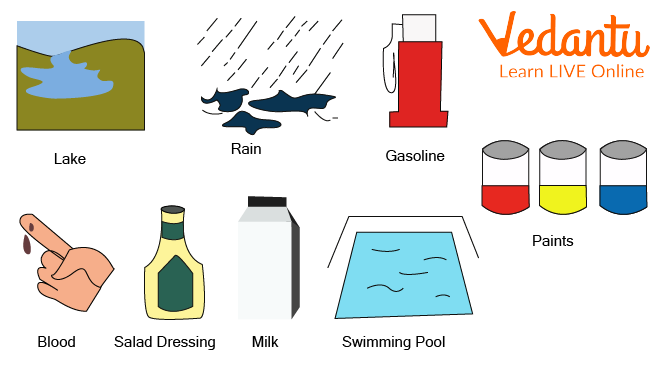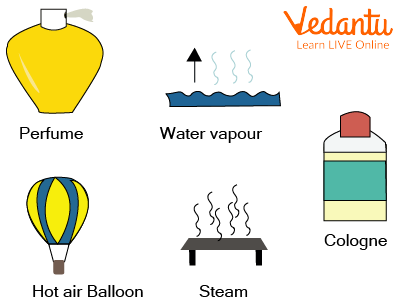




An Introduction to States of Matter
Water can exist as ice, liquid, and even vapours which means it can exist in variable states. Have you ever wondered how some objects are rigid whereas others are easily changing their shape? This is all due to the state in which a matter exists. Variable states provide various properties to any matter.

States of the Matter
States of matter means different or distinct characteristics and properties a matter can exhibit. It is also known as the phases of matter. In general, there are three states of matter, i.e., solid, liquid, and gas. Every state of matter has unique properties in very different environmental conditions which form the basis of the classification. Every state of matter is exhibited around us from a solid sofa to liquid cold drinks and from water to gaseous air that we breathe. Every state of matter has an essential part in the environment and our day-to-day life.
Solids, Liquids, and Gases
Solids
Solids are tough and have a rigid shape which implies that they cannot be moulded into other shapes easily.
They occupy a definite space.
Have a fixed shape and volume.
Have high intermolecular attraction and less or no space between consecutive molecules which provides them rigidity.
Do not tend to flow like liquids and cannot be easily compressed.
Example - wood, ice, brick, stone.

Examples of Solids
Liquids
Liquids have fixed volume but do not have a fixed shape. They occupy space and change their shape according to the container they are placed in.
They have a higher density, and more intermolecular space between them, unlike solids.
The liquid particles can flow easily and freely.
Can be compressed to a certain extent.
Examples - blood, water, milk, coffee.

Examples of Liquids
Gas
They neither have a fixed volume nor a fixed shape.
They have much less intermolecular space between them compared to solids as well as liquids.
Gases are easily liquified or compressed.
They fill the space complete in which they are kept.
Particles have very little interaction and are randomly moving.
Examples - oxygen, carbon dioxide, neon, etc.

Examples of Gaseous State
Differences between Different States of Matter
Difference between Solids and Liquids
Summary
There are three states of matter that exist in distinct physical forms under different environmental conditions. These matters are usually classified according to the basis of intermolecular forces and space between the molecules. These states can be changed into each other by various processes.
FAQs on Solids, Liquids and Gases
1. What are the other states of matter than that of solid, liquid, and gases?
There are other states of matter and these are as follows:
Plasma - It is not a common state of matter on earth but it is common for other states in the universe. Stars in the universe exist in the plasma state. They are highly charged particles with very high kinetic energy on earth, when we make noble gases to make glowing signs, these gases are changed into a plasma state.
Bose Einstein Condensate - It usually exists at a very low temperature when there is almost no kinetic energy between atoms to transfer, they exist as a super mass of atoms not as thousands of atoms.
2. Are rubbers solid?
Rubbers can change their shapes when are applied force on it like stretching but when the force is removed, they regain their original shape which implies that rubbers have a definite shape that satisfies the condition that all solids have a definite shape, volume and don't follow like liquids or do not lose their shape under a force or do not take the shape of the container they are kept in. Therefore, we can say that rubbers are solid as they satisfy many conditions to be called a solid.
3. Is ice cream a solid or liquid?
Eventually, you get ice particles inside a thick, sugar-rich, syrup-like liquid which does not freeze, that also contains small air bubbles and drops of fat. That is why ice cream isn't solid, but rather, a mixture of three states of matter: Solid ice, liquid sugar water, and air as a gas.









